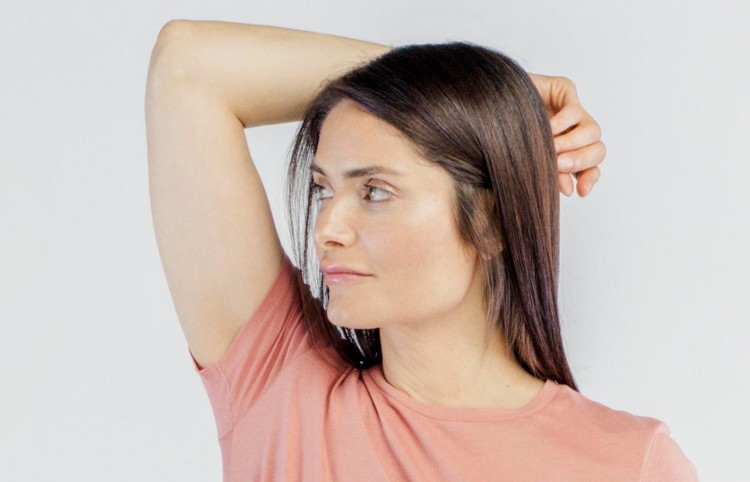Tria Laser: What You Need to Know
Pros & cons
Fast facts
Also known as the Tria SmoothBeauty Laser, the Tria Age-Defying Laser is an at-home device that’s been cleared by the FDA to treat fine lines and wrinkles on the face. It’s also intended to firm up mildly sagging skin. The Tria uses the same technology as nonablative (meaning that it doesn’t remove the top layer of skin) fractional laser treatments you’d receive in a doctor’s office, only on a much smaller, less powerful scale.
Nonablative lasers work by sending heat into the skin through thousands of tiny, deep columns (microthermal treatment zones) while leaving some zones untreated. The fractional approach allows the skin to heal much faster than if the entire area were treated. The tiny targeted beams of light tighten existing collagen and promote new collagen production, smoothing and firming skin over time.
In a series of clinical studies, independent dermatologists evaluated skin characteristics before and after use of the Tria Age-Defying Laser. They observed improvements in wrinkles and uneven texture. Volunteer patients reported positive results as well, with 76% reporting a reduction in fine lines and wrinkles and 95% noticing smoother skin and an overall improvement in appearance. They reported optimal results after eight weeks of regular use.
While dermatologists on RealSelf generally like the Tria, they recommend keeping your expectations realistic. “Primarily, what it’s good at is heating the water in the skin so that the skin plumps a bit and it makes skincare products absorb better, which makes your skin look better,” says Las Vegas dermatologist Dr. F. Victor Ruecki in a RealSelf Q&A. “While it’s a nice treatment for home use, in the sense that it’s good if you travel a lot or can’t get in often for medical laser treatments, it cannot be compared to the strength of medical-grade lasers used in a physician’s office. It’s a very nice compliment to these though.”
The manufacturer recommends treating your face in the following zones (avoiding the eyes, eyelids, and neck completely):
- The forehead and temples
- The chin and area around the mouth
- The cheeks (each cheek is considered a separate zone)
The entire treatment should take from 2 to 10 minutes, depending on the intensity level. Place the entire laser tip flat against your skin and glide it slowly from side to side, covering the entire zone. Keep the device moving and in contact with the skin (a purple light glows to show you’re doing it properly).
There are three intensity settings, and it’s recommended that you start with low and move up in strength as your skin gets used to the laser. During the treatment, you may feel mild discomfort, such as stinging, itching, or prickling.
Afterward, you may experience a warm sensation similar to a sunburn, which should subside within a few hours. Temporary redness is also common and usually resolves overnight. Other possible side effects include mild swelling, flaking, and dryness. All of these should be gone within a day or so.
Consistency is key, so it’s important to treat skin every day, around the same time. After eight weeks, take a break for four weeks before starting use again.
Pros
- You can use it at home or in a hotel room, and it requires no appointments or doctor’s-office visits.
- It’s relatively quick (2–10 minutes).
- Some RealSelf members say they saw a reduction in fine lines.
Cons
- To see results, you’ll need to use it every day for eight weeks straight.
- Results vary. Half of RealSelf members say it’s Not Worth It, and some were alarmed by fat loss that they attribute to this device.
- Without the guidance of a medical practitioner, you’ll have to be extra careful when using this device, to avoid damaging the skin—or worse. For instance, the device can cause blindness, if used directly on the eyelids.
Updated June 13, 2023

